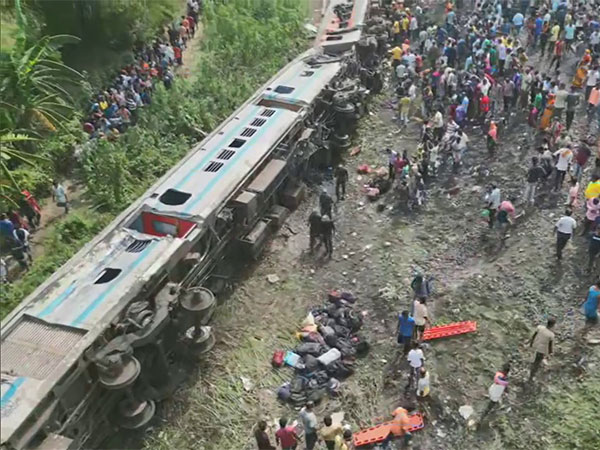
Odisha train crash: Human error or signal failure? Nation awaits final answer

Preliminary investigations indicate that the Coromandel Express train, involved in the tragic rail accident in Odisha on Friday (June 2), mistakenly entered the loop line and collided with a parked goods train near the Bahanagar Bazar station, instead of continuing on the main line.
The coaches of Bengaluru-Howrah Superfast Express capsized after crashing into the coaches of Coromandel Express that had scattered on the adjacent track.
While Coromandel Express was at a speed of 128 kmph, Bengaluru-Howrah Superfast Express was running at a speed of 116 kmph. The report has been submitted to the Railway Board, sources said.
Also Read: Odisha train tragedy: Chopped hands, body parts greet first rescuers
The loop lines of the Indian Railways are constructed in a station area — in this case, the Bahanagar Bazar station — to accommodate more trains to ease out the operations. The loop lines are generally 750 metres in length to accommodate full-length goods train with multiple engines.
The two trains were carrying around 2,000 passengers. At least 261 people were killed in the accident and nearly 1,000 injured.
A witness to the incident, Anubhav Das, said local authorities and railway officials had initially indicated that the train he was travelling on — Coromandel Express — had rammed into the goods train.
However, none of these accounts was officially confirmed by the railways.
Also Read: Army, Air Force join relief and rescue ops at Odisha triple train crash site
While a thorough probe is underway, none of the authorities has so far talked about any possibility of a sabotage.
While sources had earlier said a signalling failure could be the reason behind the crash, railway officials said it is not yet clear if Coromandel Express entered the loop line and hit the stationary goods train or it first derailed and then hit the parked train after entering the loop line.
Also Read: A list of the deadliest train tragedies that the world has witnessed
The preliminary probe report, a copy of which is with PTI, said the signal was given and taken off for the up main line for train number 12841, the train entered the loop line, dashed with the goods train and derailed. In the meantime, train number 12864 passed through the down main line and two of its coaches derailed and capsized, the report said.
Sudhanshu Mani, the former general manager of the Integral Coach Factory, Chennai and the man who led the team that made the first Vande Bharat train, prima facie ruled out any error on the part of the two loco pilots involved in the tragedy and said the primary reason for the mass casualty is the first derailment and the unfortunate timing of the second passenger train, which came from the other direction at a very high speed.
Mani said if it was just the first train derailing, the LHB coaches would not have capsized and so many casualties would not have been reported.
“Although the reason for the derailment of the first train cannot be a matter of conjecture, as of now, I do not see any evidence of an SPAD case, meaning the driver overriding signals. It was going on the correct path as the data logger shows that the signal was green,” Mani said.
Also Read: Train crash: For rescue workers, a night of blood, sweat and tears
In February, close on the heels of a head-on collision between two goods trains in Uttar Pradesh, the railways launched a month-long safety drive to prevent accidents such as derailment and overshooting of signals by loco pilots.
Under the drive, senior officers from the Railway Board, zonal railways and divisions were instructed to visit various sections, lobbies of crews, maintenance centres, work sites etc. and carry out a “thorough review of the working practices” to check and enforce safe operational and maintenance practices prescribed to prevent accidents or unusual incidents
Former Member Traffic, Railway Board, Sri Prakash also said the driver of the second train at such a high speed could have done little to limit the damage.
“It basically depends on how much time one has and what speed the train is at for the driver to apply the brakes and stop the train. It is rare for a passenger train to derail while it is most common in case of goods trains. What the investigators find as the cause of the derailment will be key,” he said.
(With agency inputs)


